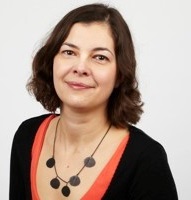Tracking immune cells in cancer using photoconversion and two-photon microscopy (49223)
Immune therapy is rapidly gaining prominence in the clinic as a major weapon against cancer. While much attention has been focused on the infiltration of tumours by immune cells, the subsequent fate of these infiltrates remains largely unexplored. We therefore established an in vivo photoconversion system to label tumour-infiltrating cells and demonstrated specific egress and dissemination of effector T cell subsets from tumours. Strikingly, the subset composition of tumour-egressing T cells was greatly skewed compared to those that had infiltrated the tumour, suggesting that specific mechanisms guide immune cell egress from tumours. Furthermore, tumour-egressing T cells were more activated and displayed enhanced effector function in comparison to their lymph node counterparts. Importantly, intratumoural T cells migrated to distant secondary tumours and draining lymph nodes highlighting a mechanism whereby tumour-experienced effector T cells may mediate anti-tumour immunity at metastatic sites. The identity and functions of tumour-egressing cells, and those retained inside tumours, are of great importance to our understanding of tumour immunity due to the crucial role tumour-infiltrating cells play in primary tumours and their potential to provide anti-tumour immunity at distal tumour sites and in secondary lymphoid organs. The results of this study will guide strategies that harness immune cells for anti-cancer therapies.
